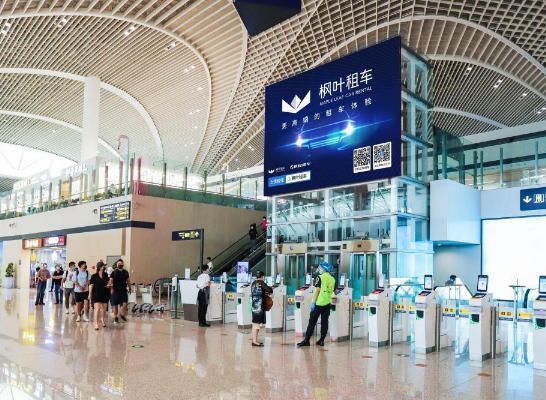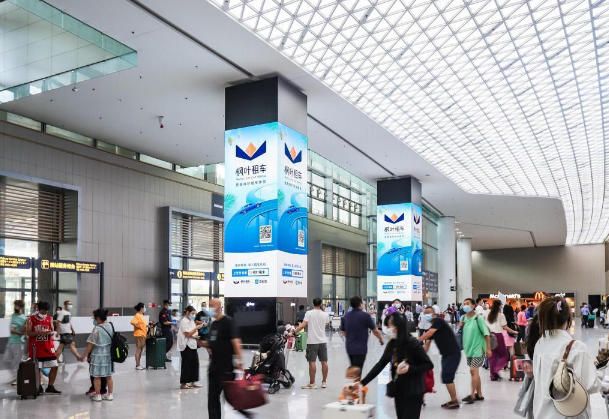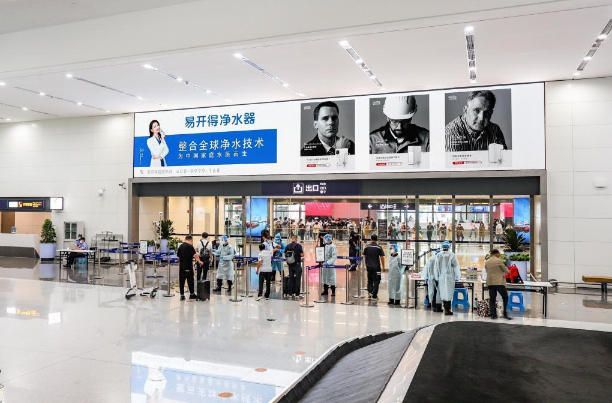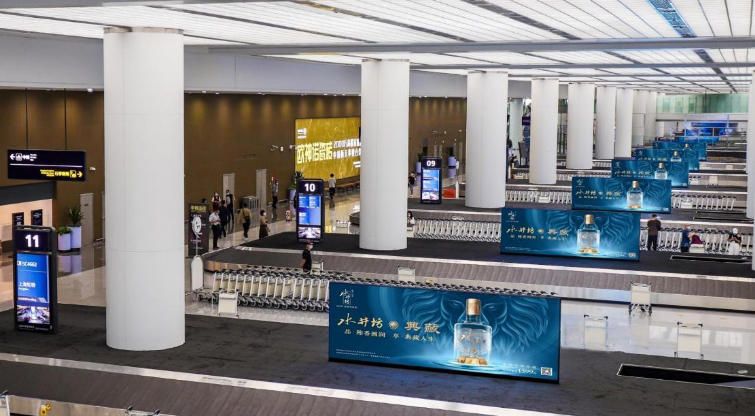How Much Does It Cost to Advertise on an Airplane?
2025-06-09Tianci MediaViews:147
Highlights
With the continuous growth of air travel demand, aircraft advertising has emerged as a powerful medium for brands to reach high-income and business travelers.
With the continuous growth of air travel demand, aircraft advertising has emerged as a powerful medium for brands to reach high-income and business travelers. While the cost can be substantial, this article breaks down the ad formats, cost drivers, pricing benchmarks, and optimization strategies to help you make informed decisions.
1. Main Aircraft Advertising Formats 🎯
Seatback Ads
Displayed on the back of passenger seats, these ads offer close-range exposure. Ideal for concise messaging and QR code interactions. Example: A skincare brand offered a free travel-sized sample via QR code on seatback ads, achieving a 20%+ conversion rate.
Overhead Bin Lightbox Ads
Softly lit ads below overhead luggage bins create a premium ambiance. Luxury brands often use these in first-class cabins for subtle branding.

Aircraft Exterior Wraps
Full-body aircraft painting offers global visibility. A Chinese smartphone brand painted its logo on Air China’s planes, generating over 10 million impressions.
In-Flight Entertainment (IFE) Ads
Short video ads or branded homepages embedded in airline IFE systems. A car brand’s test-drive video on China Eastern Airlines received over 100,000 clicks.
Wi-Fi Login Page Ads
Branded content displayed when passengers connect to in-flight Wi-Fi. A travel platform’s “destination recommendations” page on China Southern Airlines kept users engaged for 3 minutes on average.
2. Key Factors Affecting Costs 💰
Route and Audience Targeting
International routes (e.g., Beijing–New York) cost 3–5x more than domestic flights.
Business-heavy routes (e.g., Shanghai–Tokyo) are pricier due to higher passenger spending power.

Ad Format and Production Costs
Exterior Wraps: Design (10,000–20,000)+𝑖𝑛𝑠𝑡𝑎𝑙𝑙𝑎𝑡𝑖𝑜𝑛(10,000–20,000)+installation(80,000–200,000) + annual maintenance ($10,000+).
Seatback Ads: $3,000–10,000/month, depending on passenger traffic.
Placement Duration and Scale
Short-Term Campaigns: Single-route flights (e.g., China Eastern’s international route: $20,000/month).
Annual Contracts: Discounts of 15–30% for multi-airline partnerships.
Airline Pricing Power
Major airlines (e.g., Air China, China Southern) charge premiums due to traffic dominance.
Smaller airlines (e.g., Spring Airlines) offer flexible pricing but limited route coverage.
3. Pricing Benchmarks 📊
Ad Format Price Range (RMB) Use Case
Seatback Ads 30,000–100,000/month Promotions, brand awareness
Overhead Bin Lightbox Ads 50,000–150,000/month Premium brand positioning
Aircraft Exterior Wraps 1.5M–5M/aircraft Global exposure, product launches
In-Flight Entertainment Ads 100,000–300,000/flight Dynamic content, engagement
Wi-Fi Login Page Ads 50,000–200,000/month User conversion, destination tips
Note: Final pricing requires negotiation with airlines or agencies. Prioritize official airline channels for transparency.

4. Cost Control & Effectiveness Optimization 🚀
Target High-Value Routes
Focus on business-heavy routes (e.g., Beijing–Paris, Shanghai–Dubai).
Seasonal campaigns: Summer family routes (e.g., Sanya–Bangkok), winter ski destinations (e.g., Harbin–Sapporo).
Combine Ad Formats
Lightweight + Heavyweight Mix: Pair seatback ads with Wi-Fi login pages for frequent exposure, plus exterior wraps for brand recall.
Contextual Content: Embed practical info (e.g., flight delay alerts, local food guides) in IFE ads to boost user.
Long-Term Negotiations
Multi-Airline Bundles: Secure 15–25% discounts by partnering with 3+ airlines.
Priority Booking Rights: Annual contracts grant access to premium ad slots on popular routes.
Data-Driven Adjustments
Real-Time Monitoring: Track Wi-Fi login data and seat ad QR code scans.
A/B Testing: Compare CTR (click-through rate) of different creatives on the same route.
While aircraft advertising carries a high price tag, its precision targeting of high-net-worth audiences, global reach, and premium brand positioning make it a valuable asset. By focusing on route selection, format combinations, long-term partnerships, and data optimization, brands can maximize ROI within controlled budgets.











